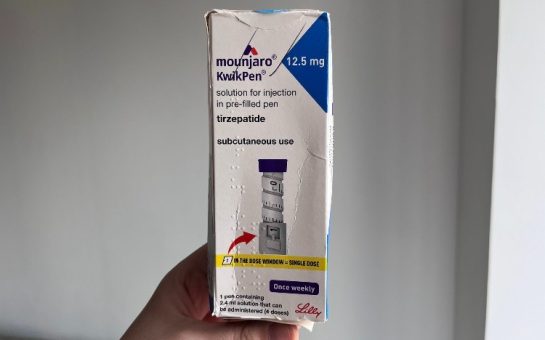The ‘Achilles’ heel’ of cancer cells has been discovered by Manchester scientists researching the effectiveness of drugs used to combat the disease – and the findings could dramatically change future treatment.
Thinking ‘outside of the box’, scientists from the Manchester Collaborative Centre for Inflammation Research (MCCIR) were investigating why the drug rituximab is so effective at killing cancerous B cells.
Using high quality video imaging and laser-based microscopes they experienced unexpected results which showed how the drug binds to a diseased cell and then attracts white ‘natural killer’ cells to attack.
Professor Daniel Davis, whose team researched the drug which is widely used in the treatment of diseases such as lymphoma and leukaemia, was surprised to see that that rituximab tended to stick to one side of the cancer cell, forming a cap and drawing a number of proteins over to that side.
“These results were really unexpected,” he said.
“It was only possible for us to unravel the mystery of why this drug was so effective, through the use of video microscopy.
“By watching what happened within the cells we could clearly identify just why rituximab is such an effective drug – because it tended to reorganise the cancerous cell and make it especially prone to being killed.”
The drug completely changed the effectiveness of natural killer cells.
When the cell latched onto the rituximab cap on the B cell, it had an 80% success rate at killing the cell.
In contrast, when the B cell lacked this cluster of proteins on one side, it was killed only 40% of the time.
The findings from the study, published online today on the Blood journal, could improve cancer treatments in the future.
“This ability to polarise a cell by moving proteins within it should be taken into consideration when new antibodies are being tested as potential treatments for cancer cells,” Dr Davis said.
“It appears that they can be up to twice as effective if they bind to a cell and reorganise it.”
Dr Matt Sleeman, Senior Director of Biology at MedImmune, the global biologics research and development arm of AstraZeneca, who aided the research, praised the partnership between pharmaceutical companies and academics during the study.
“Not only is this a great observation that can influence how we as a biotech company identify and design future therapies, it also shows the innovative ‘out of the box’ thinking that can be achieved by working in close partnership with academics at the top of their field,” he said.
“This unique partnership, bringing together industry and academia, demonstrates a real catalyst of scientific change within the UK, and I am excited by the potential of the MCCIR to bring further innovation that could ultimately bring benefit to patients.”
Below is a video which shows the natural killer white blood cell drawn to the cancerous B cell which has been treated with rituximab.
Picture courtesy of National Cancer Institute, via WikiCommons, with thanks.
For more on this story and many others, follow Mancunian Matters on Twitter and Facebook.



